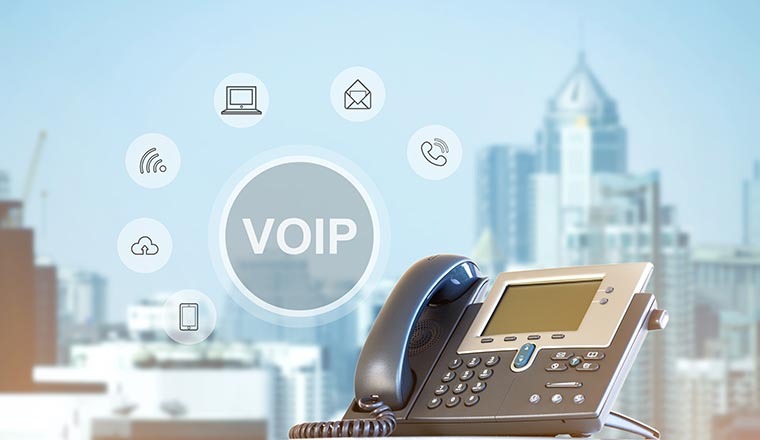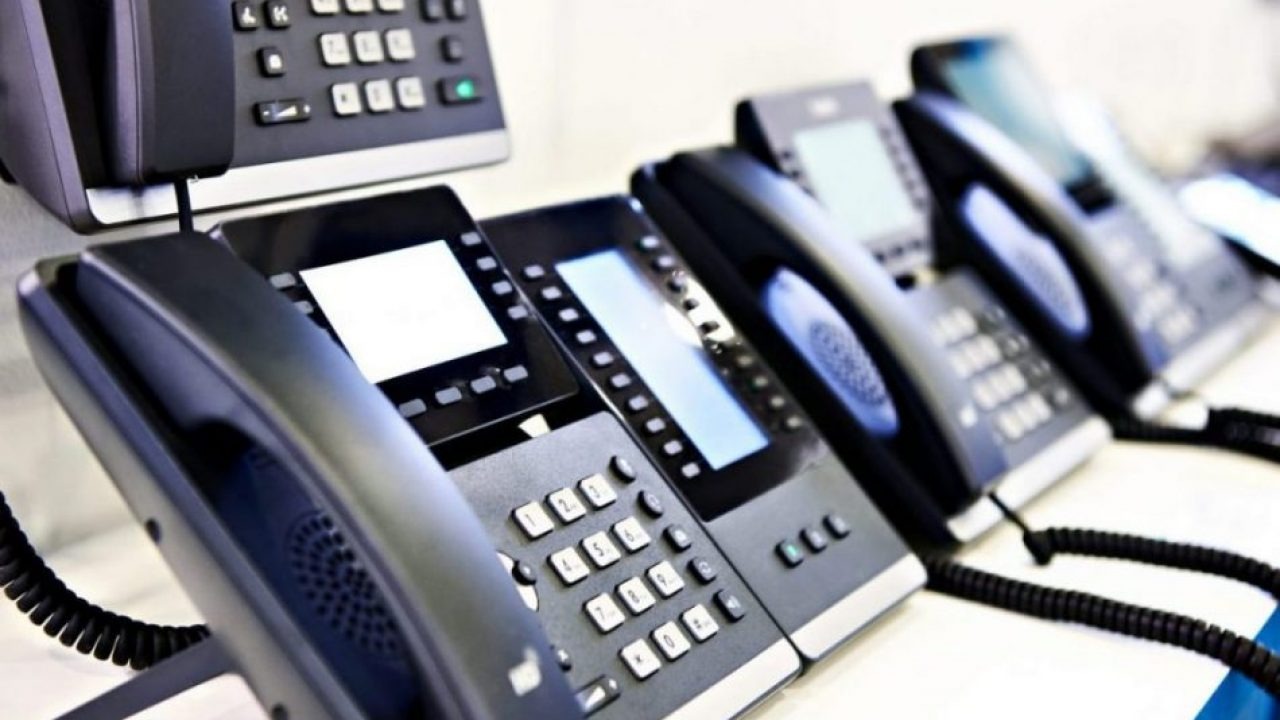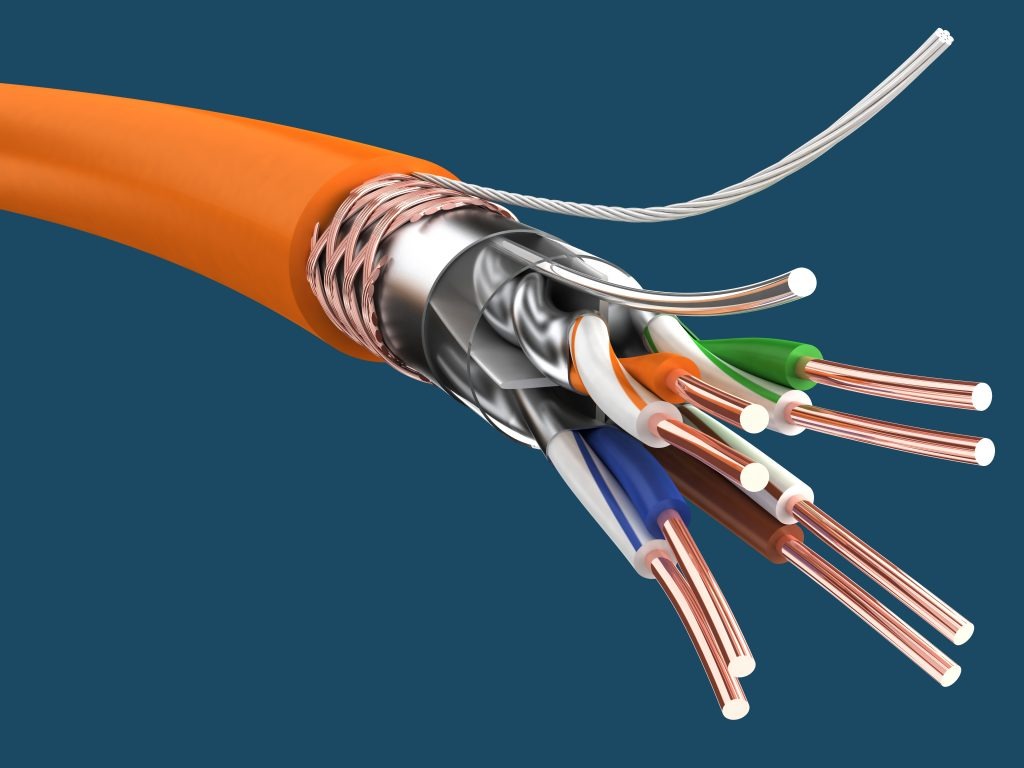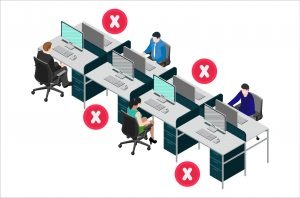Data Cabling and Wireless Specialist Services
In short as part of the installation of wireless network installation services they are two major parts and considerations.
Firstly there are the Hardware and Technology considerations. In addition, there is the infrastructure to support that and link it all together
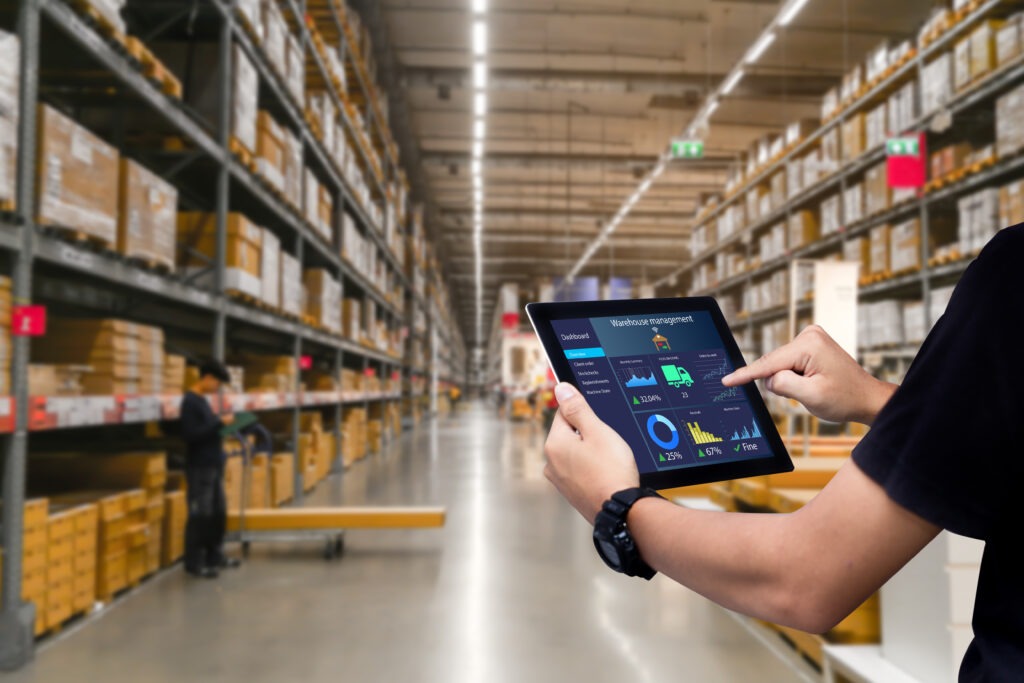
Stages of a Wifi Project and Installation
1. User requirements and performance – How many users will you have accessing the system. Furthermore, what is the speed requirements and performance
2. Survey – Surveying the building for optimum access point location to meet demands
3. Bespoke Design – Choice of access points, switches, and software
4. Installation – Both infrastructure such as cabling and hardware
5. Commissioning – Clari cation that full coverage and performance targets are met
6. Servicing – Ongoing support and changes
These wireless network services stages will each impact and rely on the other stages around them. Therefore as one element changes so do several of the other. As an example, an increase in users will cause an increase in access points and therefore an increase in network cabling in London
Technology Considerations for Wireless Network Installation Services
- Choice of manufacturer or system
- Required number of access points
- Locations of access points as per the wireless survey
- Location, number, and type of switches
- Management, control, and software of the system
All these elements are part of the IT side of the system and tied in with the strategy and management of the overall IT cabling Canary Wharf systems within the business
Infrastructure Considerations for Wireless Network Installation Services
In addition to the technology design, the infrastructure layout will be designed to support those choices. Furthermore, this will impact the entire location due to the requirements of the cabling to move throughout the whole space
The infrastructure considerations include
- The required bandwidth for the WiFi system
- This leads to the data cabling requirements for those speeds
- The locations of the switches and how they need to be linked (Fibre Optic Cabling or Copper Data Cabling) The cabling routes and installation requirements
- Additional containment
- The mounting requirements of the Access Point
- The mounting locations of the access points
Wall Mounted Ceiling Mounted
Ceiling Tiles or Bespoke Clips
Internal High Level such as warehouses
External mounting including high level
- Access equipment required for installation
Scissor Lifts
Access Towers
Podium Steps
Step Ladders
Extension ladders
- Staffing Levels. How densely populated is the working area with staff. Is the installation required out of hours
In short, all the above elements can at anytime be part of a small or large WiFi project. Furthermore, every installation is unique. Therefore a WiFi Specialist survey and installation plan are required on each project to ensure the best installation and system performance.
Original Source: Wireless Network Installation Services
